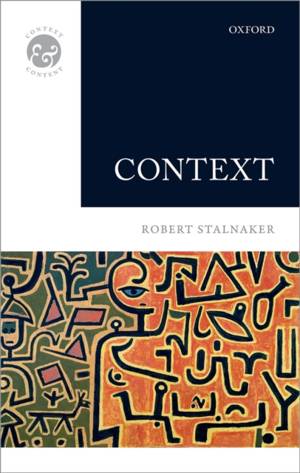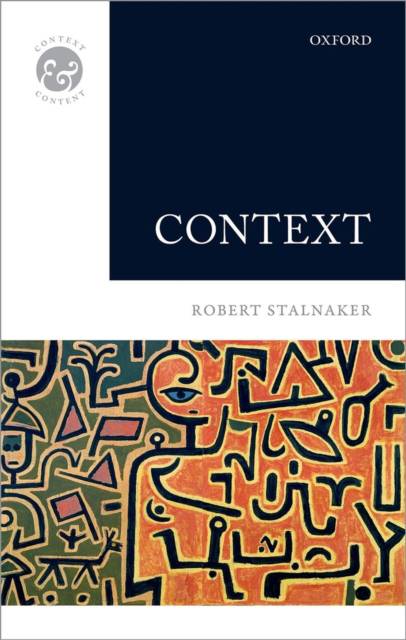
- Afhalen na 1 uur in een winkel met voorraad
- Gratis thuislevering in België vanaf € 30
- Ruim aanbod met 7 miljoen producten
- Afhalen na 1 uur in een winkel met voorraad
- Gratis thuislevering in België vanaf € 30
- Ruim aanbod met 7 miljoen producten
Zoeken
Omschrijving
Robert Stalnaker explores the notion of the context in which speech takes place, its role in the interpretation of what is said, and in the explanation of the dynamics of discourse. He distinguishes different notions of context, but the main focus is on the notion of context as common ground, where the common ground is an evolving body of background information that is presumed to be shared by the participants in a conversation. The common ground is the information that is presupposed by speakers and addressees, and a central concern of this book is with the notion of presupposition, and with the interaction of compositional structure with discourse dynamics in the explanation of presuppositional phenomena. Presupposed information includes background information both about the subject matter of a discourse and about the evolving discourse itself, and about the attitudes of the participants in the discourse, including who and where they are, and what they agree and disagree about. Stalnaker provides a way of representing self-locating information that helps to explain how it can be shared and communicated, and how it evolves over time. He discusses the semantic and pragmatics of conditionals and epistemic modals, and their role in representing agreement, disagreement, and the negotiation about how a context should evolve. The book concludes with a discussion of the relations between contextualism and semantic relativism.
Specificaties
Betrokkenen
- Auteur(s):
- Uitgeverij:
Inhoud
- Aantal bladzijden:
- 258
- Taal:
- Engels
- Reeks:
Eigenschappen
- Productcode (EAN):
- 9780199645169
- Verschijningsdatum:
- 24/09/2014
- Uitvoering:
- Hardcover
- Formaat:
- Genaaid
- Afmetingen:
- 145 mm x 224 mm
- Gewicht:
- 430 g

Alleen bij Standaard Boekhandel
+ 238 punten op je klantenkaart van Standaard Boekhandel
Beoordelingen
We publiceren alleen reviews die voldoen aan de voorwaarden voor reviews. Bekijk onze voorwaarden voor reviews.











